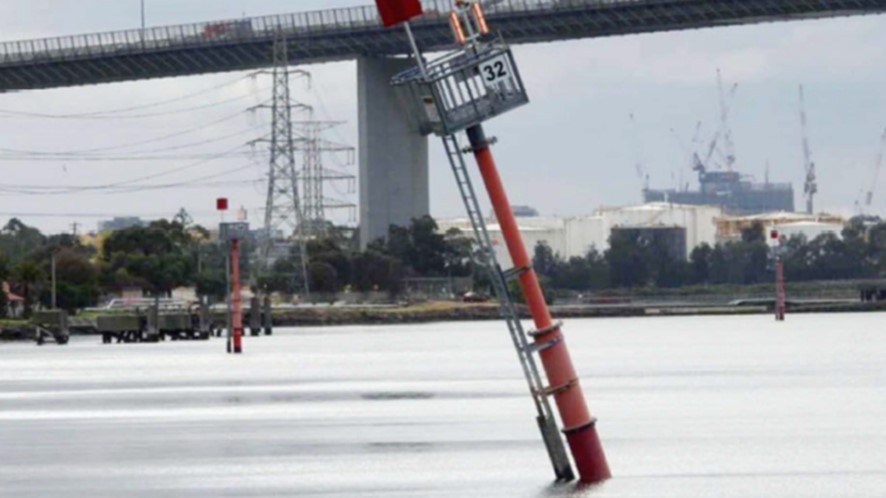The Department of Environment and Science is trialling a number of innovative techniques to minimise the effects a changing climate is having on marine turtles’ species.
Soaring temperatures and the effects of climate change are having a significant impact on a number of endangered wildlife and their habitat, with the impact being felt by marine breeding turtles as the turtle hatching season begins in Queensland.
While higher-than-average temperatures have been a hallmark of several past nesting seasons, experts are trialling and applying new techniques to assist the nesting turtles as they make their way onto our northern beaches.
Mon Repos, the world-class turtle nesting site at Bundaberg in Queensland remains an important resource in the ongoing preservation of the endangered loggerhead turtle species.
Dr Col Limpus, who heads up the research team at Mon Repos, says temperature plays a critical role in the turtle hatchlings cycle. Temperatures impact not only the sex of the turtle, but also the likely survival of marine turtle eggs.
“As we come into mid-January we are well into the hatching season. Our first hatchlings emerged on December 18 and now more than 100 clutches have hatched on the Woongarra Coast,” Dr Limpus said.
“At present, the average proportion of eggs producing hatchlings from emerged clutches so far this season is just 55%. This is well below the desired level of 80% or above,” he said.
“The work of my team is primarily dedicated to finding ways to assist and preserve this species. Weather is so important in the lifecycle of the nesting turtle and with climate change having such an impact on water and sand temperatures, it is crucial we find ways to help those making their way ashore this nesting season,” Dr Limpus said.
Elevated sand temperatures above 31 degrees can be enough to reduce the survival of a marine turtle egg, but also result in female-only hatchlings.
Researchers monitor conditions for the incoming turtles and trialling a number of techniques to minimise the impact of the impending weather conditions. Their aim is to encourage a successful mix of both male and female hatchlings.
In past hatching seasons, researchers have used shade cloth in a variety of strengths in an effort to bring down temperatures of eggs in the rookery.
“We have moved from a 50 per cent shade cloth to 30 per cent with great success. It is about finding that balance and the tools that will help us reach that ideal temperature of 28.6 degrees celsius,” he said.
“This year, we will use artificial rain delivered via sprinklers on a small trial area of beach to test if we can manipulate sand temperatures at nest depth to a desired level.
“If it proves an effective measure, we may encourage its use on turtle nesting sites in the future,” Dr Limpus said.
Mon Repos Conservation Park also hosts nightly hatching tours to increase the awareness of these animals and to showcase the important research being undertaken at the centre.
Residents and visitors to northern beaches are reminded to be on the lookout for nesting turtles through to the end of February and anyone who comes across a turtle is asked to avoid disrupting it.
Turtles are sensitive to any light and movement could cause them to become disoriented or turn back to the water.







